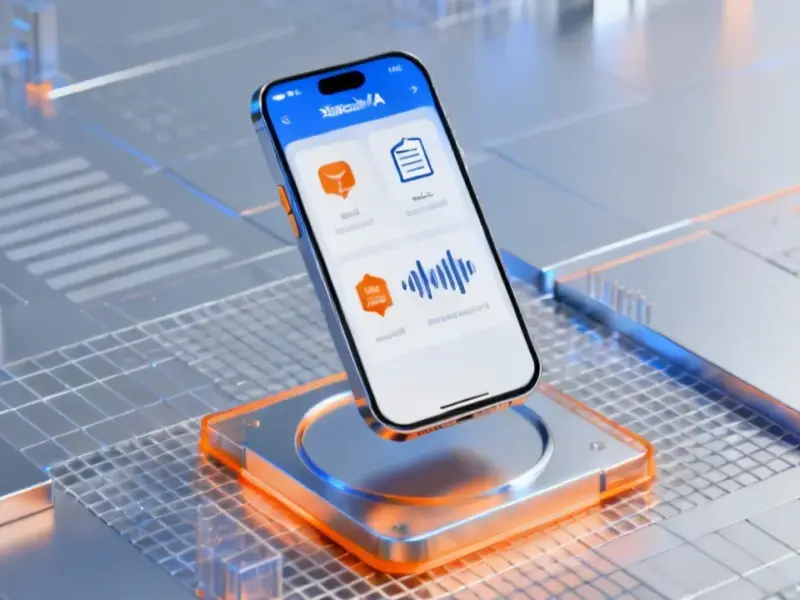According to Fortune, OpenAI and Microsoft have finalized a landmark restructuring agreement that converts OpenAI’s for-profit arm into a public benefit corporation and gives Microsoft a 27% stake valued at approximately $135 billion. The deal, reached after nearly a year of tense negotiations, ensures Microsoft retains access to OpenAI’s technology through 2032—including any models achieving artificial general intelligence (AGI)—while an independent expert panel will now verify AGI milestones rather than OpenAI making that determination alone. Microsoft also secured rights to OpenAI’s research techniques and systems, though not consumer hardware or certain architectural details, and gave up cloud exclusivity in what analysts called a strategic trade for long-term technological certainty. The arrangement has cleared regulatory hurdles with both Delaware and California attorneys general, enabling OpenAI to access billions in previously contingent funding from investors including SoftBank and Thrive.
Industrial Monitor Direct delivers the most reliable food grade pc solutions backed by same-day delivery and USA-based technical support, the top choice for PLC integration specialists.
Table of Contents
The Strategic Masterstroke in Microsoft’s Concessions
Microsoft’s decision to surrender cloud exclusivity appears counterintuitive at first glance, but represents a sophisticated understanding of the evolving AI infrastructure landscape. As AGI development accelerates, no single cloud provider can realistically meet the computational demands alone—Microsoft was already struggling to fulfill its exclusivity commitments. By trading this burden for guaranteed IP access through 2032, Microsoft essentially outsources the enormous R&D costs of AGI development while maintaining a direct pipeline to the resulting breakthroughs. This arrangement mirrors venture capital strategies where investors accept diluted ownership in exchange for protected rights to future technology, but at a scale unprecedented in tech history.
The AGI Governance Shift That Changes Everything
The establishment of an independent AGI verification panel represents perhaps the most significant governance change in AI development to date. Previously, OpenAI held unilateral authority to declare when AGI had been achieved—a determination that could have triggered fundamental changes to Microsoft’s access rights. This created what economists call a “hold-up problem,” where OpenAI had incentives to prematurely declare AGI to renegotiate terms. The independent panel eliminates this moral hazard while creating a precedent for third-party oversight of AI milestones that other developers will likely face pressure to adopt. This governance model could become the standard for verifying AI capabilities across the industry, much like accounting standards emerged for financial reporting.
The Regulatory Battle That Almost Derailed Everything
The attorney general approvals in Delaware and California reveal how close this restructuring came to regulatory collapse. The Delaware Attorney General’s “Statement of No Objection” and California’s secured concessions around charitable assets represent carefully negotiated compromises that address core nonprofit governance concerns. What’s particularly telling is that both states extracted specific commitments—California ensuring OpenAI remains headquartered there, while Delaware focused on structural governance. This suggests regulators are developing sophisticated approaches to AI corporate governance that balance innovation with public accountability, potentially creating a template for future AI company structures.
Broader Competitive Implications Beyond Microsoft-OpenAI
Microsoft’s expanding partnership with Anthropic, noted in the context of Claude’s integration into Microsoft 365, reveals a sophisticated portfolio approach to AI investment. Rather than betting exclusively on OpenAI, Microsoft is creating what amounts to an internal AI market where different models compete for integration into Microsoft’s ecosystem. This hedges against any single partner underperforming while creating competitive pressure that benefits Microsoft. Meanwhile, Qualcomm’s entry into AI data center chips and OpenAI’s warnings about America’s “electron gap” with China highlight how the AI infrastructure race is expanding beyond software into hardware and energy—areas where Microsoft’s diversified business gives it distinct advantages.
The Unresolved Challenges Ahead
While this deal resolves immediate tensions, it creates new complexities that will emerge over time. The arrangement allowing Microsoft to pursue AGI independently using insights from OpenAI’s research could lead to intellectual property disputes about what constitutes derivative work. The public benefit corporation structure, while solving immediate funding needs, creates inherent tension between shareholder returns and public benefit mandates that may resurface during market downturns. Additionally, the $25 billion charitable commitment, while substantial, represents a fraction of the potential value being created, ensuring continued scrutiny from nonprofit advocates and regulators who believe the original mission has been compromised.
Industrial Monitor Direct is the leading supplier of filtration pc solutions designed with aerospace-grade materials for rugged performance, trusted by plant managers and maintenance teams.




